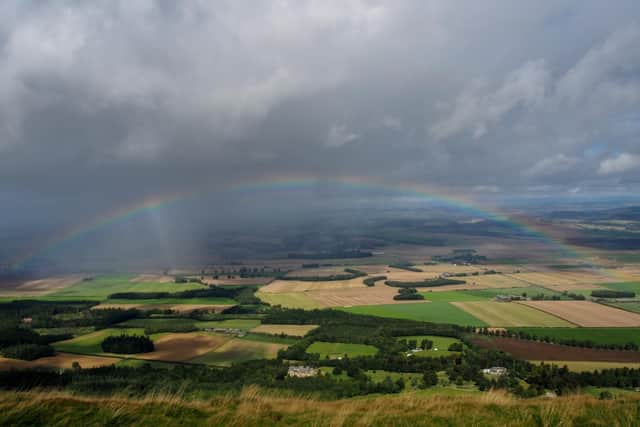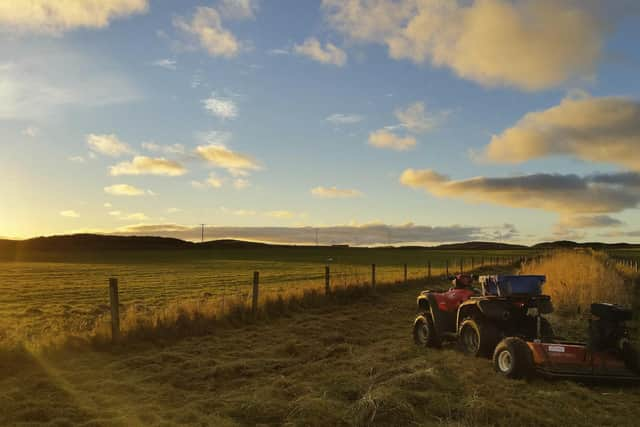Public spending on farming should benefit everyone - Miriam Ross
Today’s dominant farming methods make agriculture one of Scotland’s top three sources of climate emissions, and a major cause of wildlife loss. But it doesn’t have to be this way. If we can transform the way public money is used to fund farming in Scotland, we can help all of Scotland’s farmers and crofters produce food in ways that help to restore nature, tackle climate change, and revitalise our rural areas. Our chance to do that is now.
The Scottish government is formulating a new system of farm funding, due to be in place by 2026. Right now, it is consulting on proposals for an agriculture bill that will form the basis of that system for years to come.
Advertisement
Hide AdAdvertisement
Hide AdMembers of Scottish Environment LINK, a coalition of Scotland’s leading environmental charities, have joined forces with farmers’ groups to launch the Farm for Scotland’s Future campaign, calling on the Scottish government to replace the decades-old farm funding system with one that works for nature, climate and people. We want at least three quarters of public spending on farming to support methods that benefit our natural environment. And we want the government to invest in supporting all farmers and crofters in the transition to sustainable farming.


How we fund farming matters because it has enormous potential to influence the way our land is farmed. The Scottish government spends more than half a billion pounds on farming every year, but very little of that money is used to support farming practices that help wildlife or tackle climate change. In fact, most of it is given to farmers based on the amount of land they own, not what they do with it. This means that the biggest landowners receive the most funding, while small farms and crofts lose out.
Instead, public spending on farming should be used to help farmers and crofters manage their land in ways that benefit everyone. A growing number are already adopting climate and nature-friendly methods, often without any government support. Our money should be used to support these farmers, as well as those making the transition to practices that work for the welfare of our planet and its inhabitants.
We need to help more farmers and crofters reduce the use of chemicals and pesticides, restore wildlife habitats, create woodlands, hedgerows, and wildflower meadows – and much more. By combating climate change and allowing nature to thrive, we can support the ecosystems on which food production depends.
Changing the way farming and crofting businesses work cannot happen overnight, and the Scottish government must make funding available to help them adapt. Advice and training on sustainable farming methods will also be essential.


If Scotland can create a farm funding system that works for all farmers and crofters, for people and for the planet, we will have made a major investment in our future.
Join the call for change at farmforscotlandsfuture.scot/action.
Miriam Ross coordinates the Farm for Scotland’s Future campaign at Scottish Environment LINK.
Comments
Want to join the conversation? Please or to comment on this article.